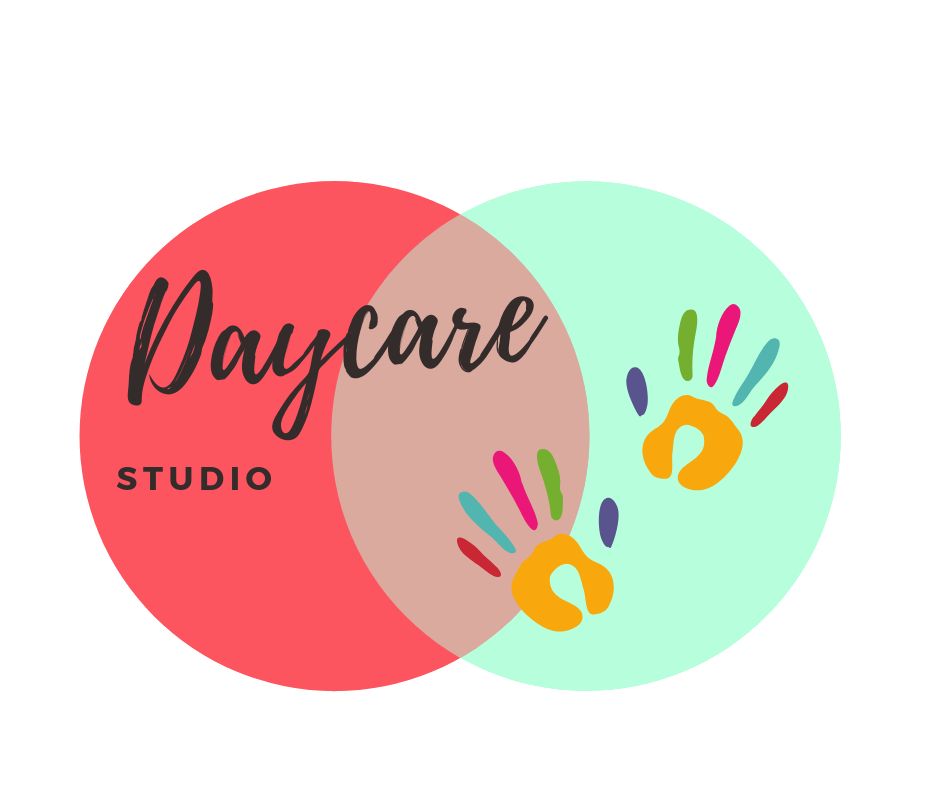6 Ways To Keep Our Kids Safe On The Playground
Children and teachers both love when it’s time to go outside! Running, jumping, and climbing is a great way to develop a child’s gross motor skills while releasing all that built up energy! Teachers enjoy the fresh air and allowing the children to run about freely. Although the playground is a favorite for everyone, it is also the number one place that accidents occur. For this reason, it is vital that we keep our playgrounds in excellent condition and our teachers educated on how to properly supervise.
Here are 6 ways to keep our kids safe on the playground
1. Have designated times or areas for each age group. It is best to schedule different times for each age to use the playground or have different sections of the playground for each age. Having infants, toddlers, and preschoolers all playing together at the same time is a recipe for disaster. Having the children playing with their own age group will prevent bigger kids from trampling little kids. Having age appropriate equipment for each age will ensure every child stays safe.
2. Educate teachers on proper supervision. Let your teachers know how to properly supervise while on the playground by verbally communicating expectations and by giving each teacher a playground safety guide.
Here are important guidelines to include: Adult supervision is required at all times. Children may leave the playground only with an adult. Teachers should always move around the playground monitoring and interacting with the students. This is not the appropriate time for teachers to do paperwork or lessons. Teachers should monitor the tree houses where children can hide and get into mischief. Teachers should never crowd together and talk with each other. Say this to your teachers… “Always think of the grenade example. If a grenade would wipe all of you out, you are too close”.
Have your teachers take roll sheets outside to know the number of children they have in their care. Instruct your teachers to count often and always stay in proper student/teacher ratio. If any children are ever discovered missing, they should tell the front desk/office immediately.
Cell phones should not be used while supervising children. This includes texting, talking on the phone, online usage, Bluetooth, and headphones.
3. Inspect the playground often. Teachers should be in the habit of Inspecting often for any dangerous objects or damaged equipment including but not limited to broken boards, fences, & toys. Use a playground checklist to ensure that it is safe and secure. Teachers or staff inspecting should report any dangers to the director.
4. Be aware of the outside temperature. Know what temperatures are safe for your children to play outdoors. Extreme cold or hot weather could be detrimental to a child’s health. Check to see if your state department offers a weather watch chart to use a guideline. You can download the one we use here. for free. Check the weather daily for alerts or notices about potential weather allergens and threats.
Make sure children are offered water often. Hydration is very important especially in hot weather. Consider having a fresh water jug made and available during outside times and offer the children water at least every 30 minutes. Children should ALWAYS receive water when they ask for it.
5. Report and write up any injuries. Have your teachers tell the front desk or director immediately of any serious injuries. Each teacher should fill out an ouch report for any scratches, bumps, bruises, splinters, etc. that occur on the playground. A first aid kit should always be kept outside and/or at the front desk.
6. Set playground rules for the children. Make sure your teachers know the playground rules. Have them go over the playground rules with children daily before going outside. Making sure that children use the playground equipment properly will help reduce the number of accidents. Below are some of the playground rules we use for our center.
Playground Equipment
Children are to use the equipment the correct way to avoid injuries.
Swings:
Hold on with both hands facing forward sitting down on their bottom.
No standing on swings.
Stop the swing completely before getting off.
Stay clear of moving swings.
Children should never push an empty swing.
Slides:
Only Slide feet first
Only one person at a time sliding down
No running or walking up the slides
No putting wood chips on the slides
Tree Houses:
Monitor the children inside the tree houses (this is where mischief occurs)
Children should not stand or block the entrance to the tree house
Wood Chips & Fences:
No climbing the fence
No throwing wood chips
No digging in the mulch
Toys:
The riding toys should be used by the appropriate ages.
Children should return all toys to the designated area after use.

